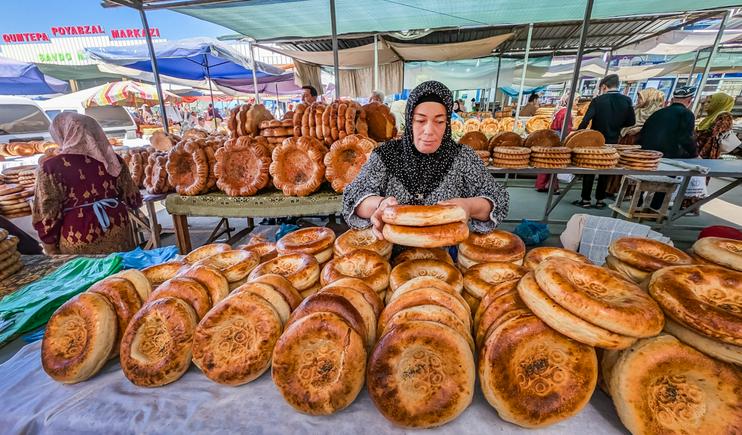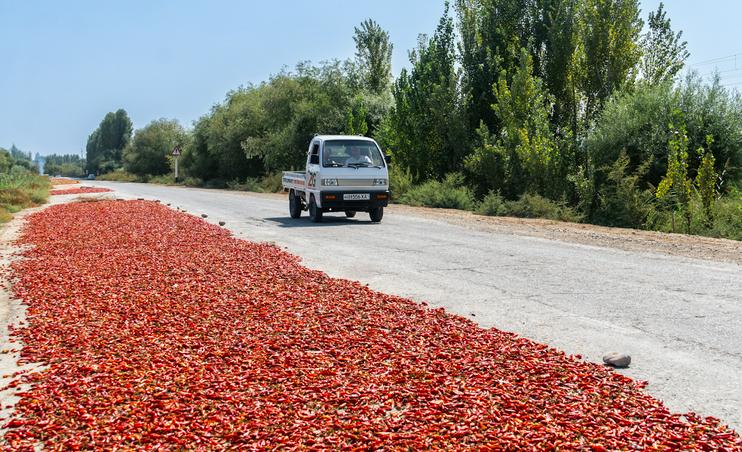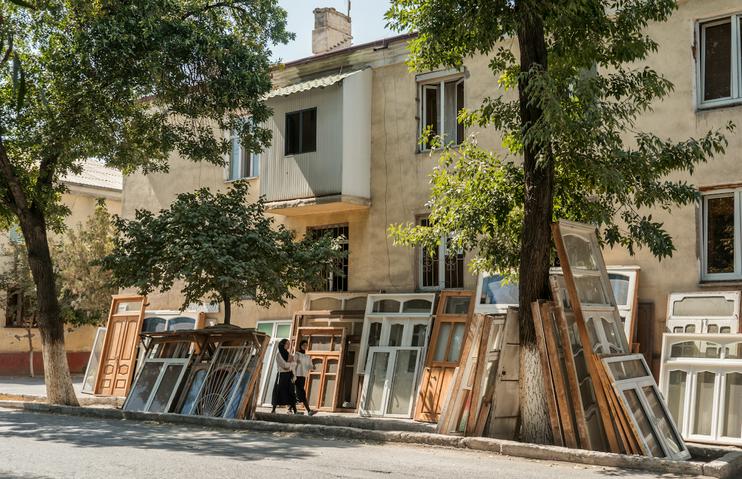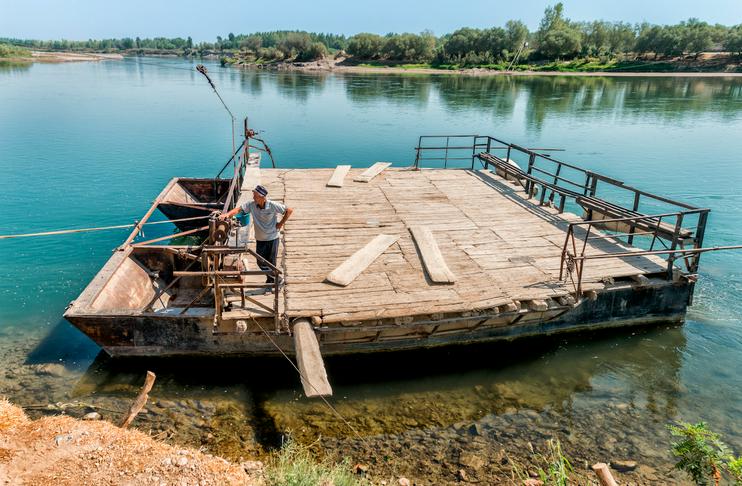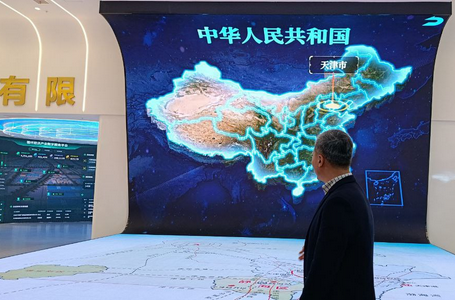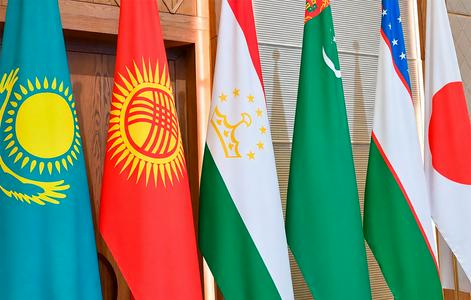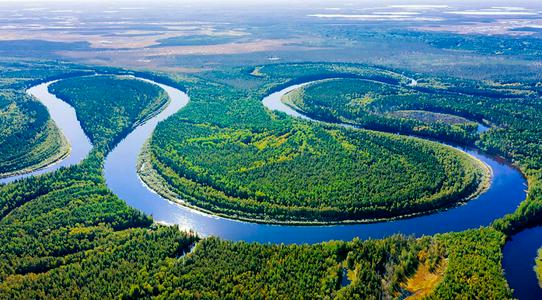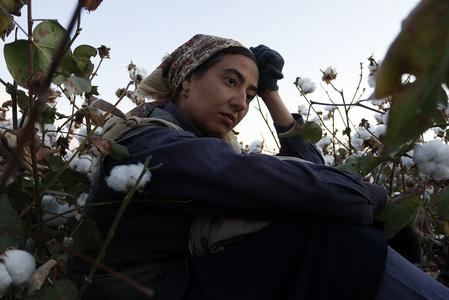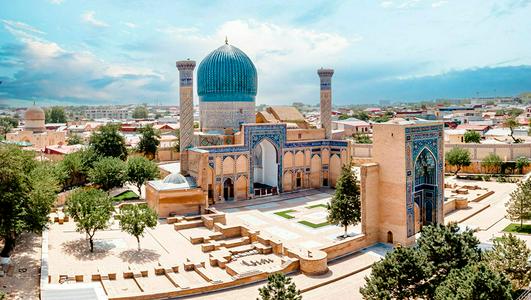If you want to understand what most people in a particular region of Uzbekistan live on and how they live, you have to go to the bazaar. It shows everything clearly and explains much without words. I became fully convinced of this during a photographic journey in September 2025 with Anzor Bukharsky through the small towns of the Fergana Valley.
Anzor Bukharsky is the organizer of international workshops on ethnographic, genre, and street photography in Uzbekistan. After a joint expedition to the high-mountain village of Gelan, he invited me to join him as a guide on a quick photo tour of the Fergana Valley. We were accompanied by Russian genre photographers Oleg Gevorkov (Moscow) and Ruslana Kormilchikova (Novosibirsk).
We set out on this creative expedition before the start of the tourist season. The summer heat had not yet receded, the harvest had only just begun, and weddings and other festivities were on hold. Exactly what we needed: ordinary weekdays under the merciless sun. Scenes of everyday life. Without any ambition for commentary, journalistic reporting, or social or philosophical generalizations. Just travel notes through the lens of a camera. A close, but not selective, look at the faces of random passersby.
At the same time, as enthusiasts and frequent participants in road trips across Uzbekistan, we decided to test Tashkent’s car-sharing service. Our mutual friend Timur Numanov, who had been a skilled driver on earlier expeditions, was busy this time. Hiring a taxi didn’t appeal to us — and not for financial reasons.
There are five types of Tashkent taxi drivers: the DJ, the political analyst, the religious preacher, the former deputy minister of the economy, and the underworld “authority” explaining the code of conduct. None of them, with all due respect, was the right fit for us as an effective companion on this trip.
Anzor decided to take the wheel himself, renting a relatively new gasoline-powered Chevrolet Cobalt from one of the Tashkent agencies at 450,000 soums ($36) per day, plus a deposit of 2 million soums ($160). The deposit was insurance in case roadside cameras happened to catch our car violating traffic rules.
By around noon on Monday, we barely managed to claw our way out of the capital’s traffic jams and onto the international A-373 highway — Tashkent–Andijan–Osh–Kashgar. We drove in the mode of “one at the wheel, three giving nonstop advice.” Almost without noticing, we crossed the Kamchik Pass at 2,268 meters above sea level. At this time of year, however, it offers little visual interest. In early autumn, the colors of Uzbekistan’s landscapes are scorched to a pale white, and even the mountain views appear drowsily monotonous.
By four in the afternoon, we had descended from the pass into the Fergana Valley — the most densely populated region of Uzbekistan, with more than 800 people per square kilometer in some areas. Denser than India. But before plunging headfirst into this human sea, I suggested to my colleagues that we stop first in a pristine corner that still preserves a memory of what these places looked like centuries, even millennia, ago.
The Healing Dune
After crossing the Syr Darya River by bridge, we turned southwest, and about fifteen minutes later, just short of the village of Buston-Buva, we stumbled upon… a peculiar kind of beach. Amid cultivated fields stood two completely wild, desert-like dunes with ash-gray sand, overgrown with saxaul, crested shrubs, and kandym. I have already told Fergana readers in detail about the origins of such relic dunes, scattered across the Fergana region. Briefly, they are remnants of the Akkum Desert, which covered the entire central part of the Fergana Valley from time immemorial until the mid-20th century, when it was gradually pushed back by the expansion of irrigated cotton farming and the resulting population boom.
The dune in Buvaidin District of Fergana Region is notable for a medieval custom that still survives. In late August and early September, when the sun is scorching but no longer deadly, crowds of people gather here for an entire day to take baths in the heated sand — hoping to be cured of skin, bone, joint, and certain other ailments. Judging by the fact that visitors come not only from nearby villages but also from more distant regions of Uzbekistan, the treatment seems to help some people — or at least they believe it does. Hands and feet, and sometimes the whole body, are buried in the sand, leaving only the head and chest exposed to avoid provoking a heart attack. Sun protection comes from improvised shelters.
From the perspective of modern medicine, this procedure is risky — not only in the short term but also for long-term health. Yet Buvaidin District is officially renowned for its longevity. For example, Khuvaydo Umarova, who in 2025 officially turned 130 years old, lives here. According to official statistics, four local residents have surpassed the century mark, and hundreds more are over 80. However, there is no data on whether any of them ever took sand baths.
Fergana local historians believe that the legend of the dune’s healing properties is somehow linked to the cult of the 12th-century mystic Khoja Bayazid, whose mausoleum is nearby. He was said to be a nephew of the legendary Sufi teacher Ahmad Yasawi. In total, there are ten sacred sites in Buvaidin District associated with the names and activities of prominent Sufi masters.
— After being buried in the sand, you can’t wash for five days. Cold and alcoholic drinks are forbidden for seven, — a local healer explained to the Russian guests, effectively discouraging them from trying the procedure even partially. But the sun was already dipping toward the horizon. Taking full advantage of the “golden hour” light, the photographers left the dune along with the other visitors.
We spent the night in Kokand at the first hostel we found. It was inexpensive and quite decent, apart from the lack of breakfast. Two practical issues kept us from fully enjoying the beauty of this ancient city, the former capital of the Kokand Khanate. First, the traffic was intense and chaotic. Anzor, already tired from driving all day, refused to deal with it in the evening. Walking wasn’t much better — too few controlled pedestrian crossings, narrow sidewalks, and vehicles blocking the paths.
By eight in the morning, we were having breakfast at an almost empty bazaar, concluding that Kokand would likely not become a main base for our photographic explorations.
— You said the Fergana Valley is one of the most densely populated regions in the world. But I haven’t noticed that yet, — Oleg Gevorkov teased me. I didn’t argue and decisively set our course for Margilan.
The Bazaar of All Bazaars
The high population density of the Fergana Valley becomes immediately apparent on the highway from Kokand to Margilan: there are virtually no stretches of road that don’t belong to a settlement. One village ends, and another begins — all along the 76 kilometers of the route. Anzor, forced to drive at city-traffic speeds the entire way, repeatedly commented on this peculiarity in no uncertain terms. Yet he never broke a single traffic rule.
To avoid the monotony of driving at 70 kilometers per hour, we made as many stops and smoke breaks as possible on the roadside. For instance, we paused where villagers had laid out the first fruits of the harvest to dry on quieter stretches of the highway — ears of corn and bright red kalampir peppers. I didn’t manage to take any particularly artistic shots, but the interesting everyday detail was captured nonetheless.
By eleven in the morning, we arrived in Margilan — one of the oldest and largest cities in the Fergana Valley. Photographers find it interesting because it has largely preserved the architectural and everyday charm of an Asian city from the past, and in some areas, even from the century before that, while blending it with the dynamics of modern life.
For tourists, Margilan is promoted as one of the oldest centers of silk weaving on the Great Silk Road. To this day, satin and atlas fabrics — silk and semi-silk textiles with distinctive, recognizable patterns — are produced here on an industrial scale. The archaic production technology has been included by UNESCO since 2017 in the “List of Intangible Cultural Heritage of Humanity.” Yet most people here do not work in manufacturing. “The city’s economy is concentrated mainly on the large wholesale bazaar and the food market. The private sector is very developed. Residents are mostly engaged in trade and craftsmanship, and many work in government institutions,” Wikipedia notes about Margilan.
Our first stop in Margilan was on a street selling windows and doors — both modern plastic profiles and old, second-hand ones, possibly salvaged from demolished buildings. It was an impressive sight.
We happily enjoyed ice cream in the company of local schoolchildren. At the same time, we noticed a notable feature of life in Margilan: two-wheeled transport plays a very important role in the city’s street traffic. Not motorcycles, but mostly bicycles, as well as mopeds, motor scooters, and scooters. The likely reason is the completely flat terrain of the central Fergana Valley, which makes two-wheeled vehicles a convenient means of transport and for delivering goods. In the crowds around local bazaars and the narrow streets nearby, bicycles and scooters dart around nimbly, like small fish in a rushing current.
At noon, we were invited — or rather, literally pulled by the hands — to see a private workshop producing various types of tiles. I gladly used the industrial interiors of the facility for a staged composition, which to me seemed like an archetype of time and place. Or perhaps a reflection of my own life in this sun-scorched land, where autumn does not arrive according to the calendar.
— Not everything interests me, but the openness and friendliness of the people is astonishing. I’ve never seen anything like it anywhere else, and I’m not sure I ever will, — admitted Oleg Gevorkov.
Then we went to the huge Kombinatsky bazaar. It sells fabrics produced at local silk workshops — but not only that. Carpets, clothing, bedding, food, and household goods are all jumbled together into a whimsical palette that makes your head spin.
Anzor Bukharsky happily spent the rest of the day at the bazaar, but he wasn’t entirely satisfied.
— This isn’t the bazaar yet, — he told me in the evening. — There’s a mega-bazaar, the bazaar of all bazaars…
I replied that I knew of it.
The next morning, leaving the rented Chevrolet in the parking lot, we took a taxi to the outskirts of Margilan, to the village of Kumtepa and the Kushtapin bazaar (such are the local toponyms). More precisely — to the sprawling complex of bazaars there. Among them: a furniture bazaar, a timber and wood products bazaar, the Faiz clothing bazaar, a kitchenware bazaar, a bicycle and bike parts bazaar, a cauldron bazaar, a clay-brick bazaar, a farmers’ produce bazaar, and so on, and so on…
-

The Kushtapin Bazaar in Kumtepa. Photo: Andrei Kudryashov/Fergana
-

The Kushtapin Bazaar in Kumtepa. Photo: Andrei Kudryashov/Fergana
-

The Kushtapin Bazaar in Kumtepa. Photo: Andrei Kudryashov/Fergana
-

The Kushtapin Bazaar in Kumtepa. Photo: Andrei Kudryashov/Fergana
-

The Kushtapin Bazaar in Kumtepa. Photo: Andrei Kudryashov/Fergana
At the Bottom of Being
I must admit that in the Fergana Valley I feel less at ease than in Tashkent. There, by the way, I never visit bazaars, not even for my own daily needs. I prefer to shop in 24-hour hypermarkets. And like most city dwellers, I also prefer photographing melancholic landscapes on the sparsely populated, pastoral slopes of the Western Tien Shan in Tashkent Region. The ocean of people on the perfectly flat plain around Margilan overwhelmed me with waves of unfamiliar emotions and sensations. As they say, I had stepped out of my comfort zone. At the same time, I realized I had already shot so many scenes that I could physically show only a tenth of them to readers.
Unnoticed, I separated from my colleagues, put my camera away, and simply sat in a teahouse, expecting fairly that sooner or later — most likely in the afternoon — Anzor Bukharsky and his companions would arrive, drawn by the sweet smoke of kebabs. I enjoyed solitude in the crowd, imagining myself at the very bottom of being. Thousands of kilometers from the widely recognized centers of modern civilization, yet at the very heart of existence. It felt like an epiphany. And a turning point in our journey.
There were many more fascinating moments on the photo tour of the Fergana Valley. The next day, in the village of Belaryk in Oltiarik District, we visited extensive private vineyards around and inside a rural home. Returning to Buvaidin District, we spoke with women harvesting cotton in the fields.
Having crossed into Namangan Region, in the village of Gurumsaray we photographed the ferryman and a self-propelled ferry across the Syr Darya River, which in autumn does not operate due to the river’s low water level.
We then drove to the city of Chust, to the bazaar of traditional Chust knives. Anzor located blacksmith workshops there, with blazing forges.
After spending the night at the three-star S-Namangan hotel, we drove to Tashkent in four hours the next morning, spending nearly an hour stuck in traffic. We managed to return the Chevrolet to the rental agency a little late, but without a single fine for traffic violations.
Our brief journey did not exhaust the visual possibilities that the Fergana Valley offers to photographers, especially across different seasons. We deliberately left dozens of notable locations and major, interesting cities for future expeditions — so there would be reasons to return.
Andrei Kudryashov
